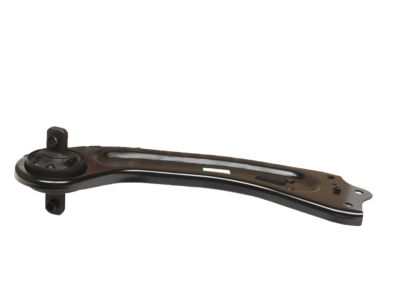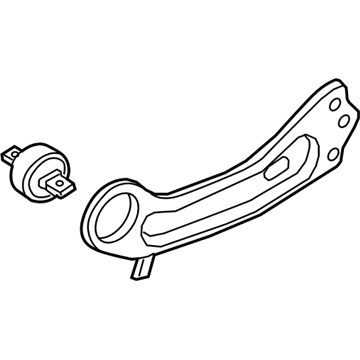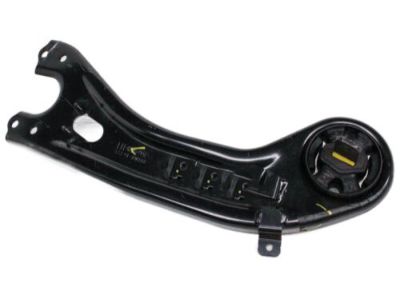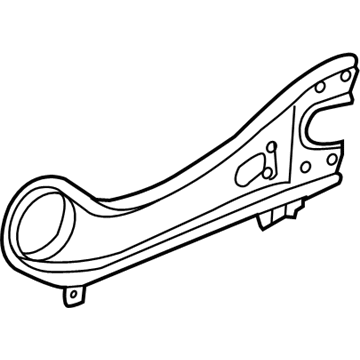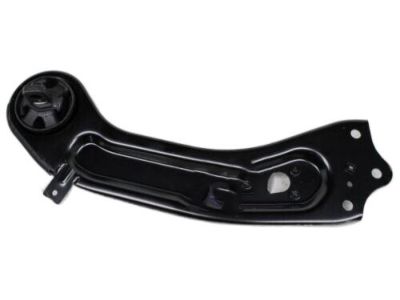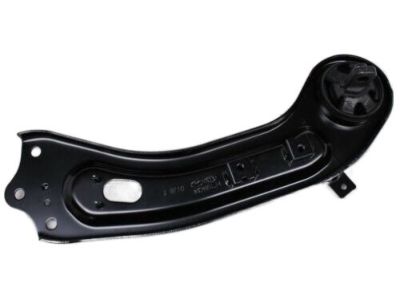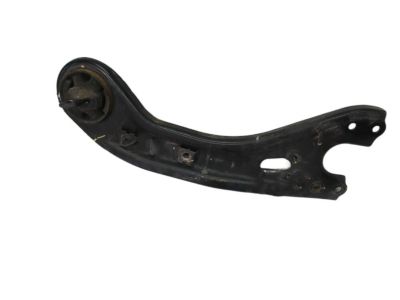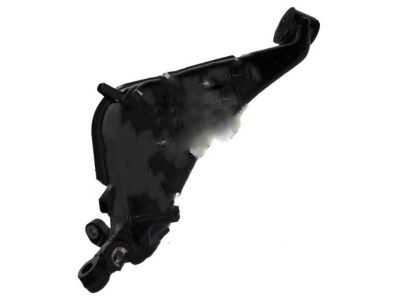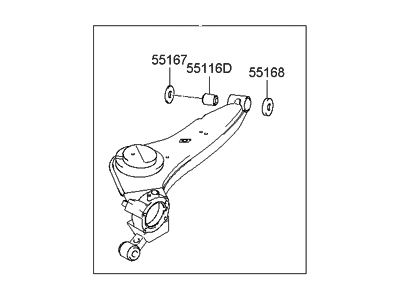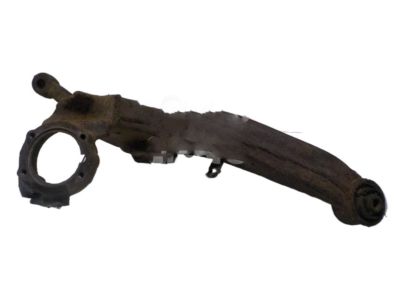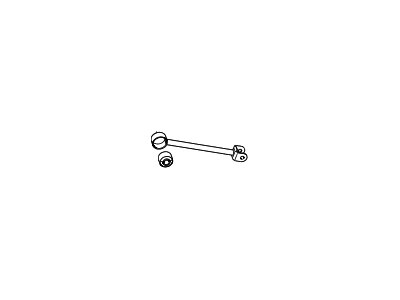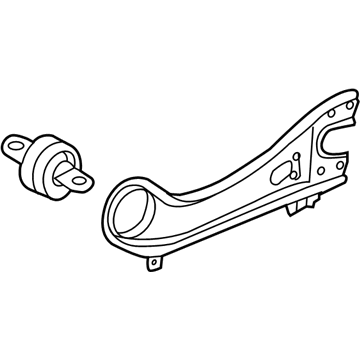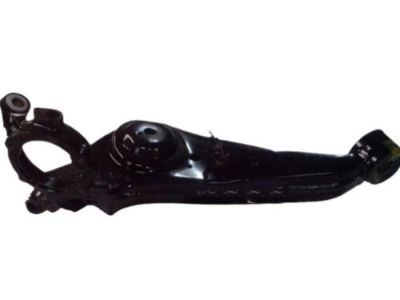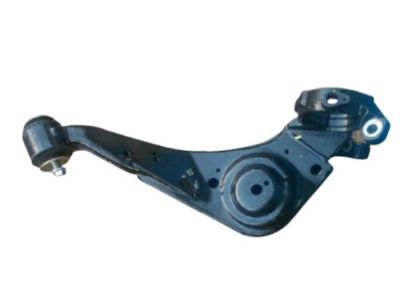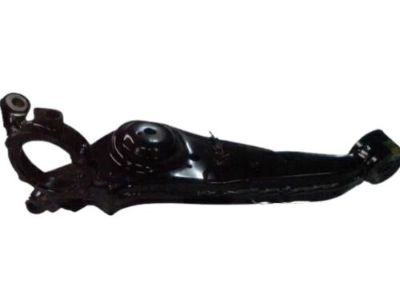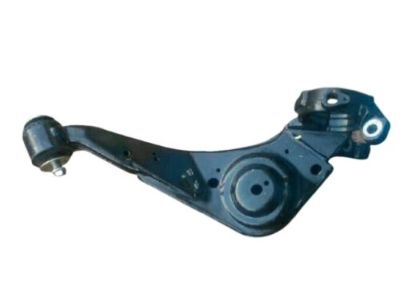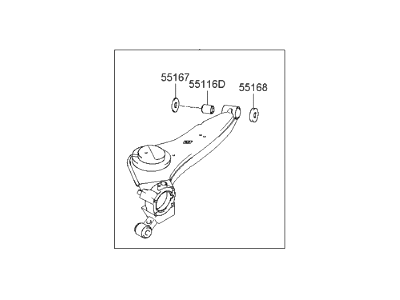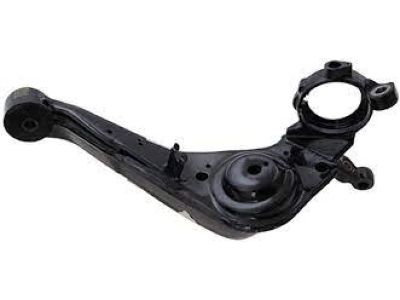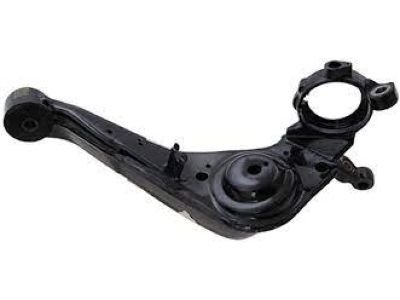×
- Hello
- Login or Register
- Quick Links
- Live Chat
- Track Order
- Parts Availability
- RMA
- Help Center
- Contact Us
- Shop for
- Hyundai Parts
- Hyundai Accessories


My Garage
My Account
Cart
Genuine Hyundai Santa Fe Trailing Arm
Trailing Control Arm- Select Vehicle by Model
- Select Vehicle by VIN
Select Vehicle by Model
orMake
Model
Year
Select Vehicle by VIN
For the most accurate results, select vehicle by your VIN (Vehicle Identification Number).
19 Trailing Arms found

Hyundai Santa Fe Arm Assembly-RR Trailing Arm,RH
Part Number: 55271-S1000$253.32 MSRP: $355.90You Save: $102.58 (29%)Ships in 1-3 Business Days
Hyundai Santa Fe Arm Assembly-Rear Trailing Arm,LH
Part Number: 55270-2W050$341.88 MSRP: $484.55You Save: $142.67 (30%)Ships in 1-3 Business Days
Hyundai Santa Fe Arm Assembly-RR Trailing Arm,LH
Part Number: 55270-S1000$456.78 MSRP: $647.41You Save: $190.63 (30%)Ships in 1-3 Business Days
Hyundai Santa Fe Arm Assembly-Rear Trailing Arm,RH
Part Number: 55280-2W050$341.88 MSRP: $484.55You Save: $142.67 (30%)Ships in 1-3 Business Days
Hyundai Santa Fe Arm Complete-Trailing,LH
Part Number: 55100-26600$421.38 MSRP: $597.23You Save: $175.85 (30%)Ships in 1-3 Business Days
Hyundai Santa Fe Arm Complete-Trailing,LH
Part Number: 55100-26700$421.38 MSRP: $597.23You Save: $175.85 (30%)Ships in 1-3 Business DaysHyundai Santa Fe Arm Complete-Trailing,LH
Part Number: 55100-2B100$170.34 MSRP: $239.32You Save: $68.98 (29%)Ships in 1-3 Business DaysHyundai Santa Fe Arm Assembly-Rear Trailing Arm,LH
Part Number: 55270-2W150$351.53 MSRP: $498.23You Save: $146.70 (30%)Ships in 1-3 Business DaysHyundai Santa Fe Arm Assembly-Rear Trailing Arm,RH
Part Number: 55280-2W150$351.53 MSRP: $498.23You Save: $146.70 (30%)Ships in 1-3 Business DaysHyundai Santa Fe Arm Assembly-Rear Trailing Arm,LH
Part Number: 55270-2W650$328.43 MSRP: $461.44You Save: $133.01 (29%)Ships in 1-3 Business DaysHyundai Santa Fe Arm Assembly-RR Trailing Arm,RH
Part Number: 55271-S2AA0$399.35 MSRP: $566.00You Save: $166.65 (30%)Ships in 1-3 Business DaysHyundai Santa Fe Arm Assembly-Rear Trailing Arm,RH
Part Number: 55280-2W650$328.43 MSRP: $461.44You Save: $133.01 (29%)Ships in 1-3 Business DaysHyundai Santa Fe Arm Assembly-RR Trailing Arm,LH
Part Number: 55270-S2AA0$500.96 MSRP: $710.02You Save: $209.06 (30%)Ships in 1-3 Business DaysHyundai Santa Fe Arm Assembly-Rear Trailing Arm,LH
Part Number: 55270-2W550$328.43 MSRP: $461.44You Save: $133.01 (29%)Ships in 1-3 Business DaysHyundai Santa Fe Arm Assembly-Rear Trailing Arm,RH
Part Number: 55280-2W550$328.43 MSRP: $461.44You Save: $133.01 (29%)Ships in 1-3 Business Days



Hyundai Santa Fe Trailing Arm
If you are looking for affordable high-quality OEM Hyundai Santa Fe Trailing Arm, then you have come to the prime place. Our website provides a large amount of genuine Hyundai Santa Fe Trailing Arm at unbeatable prices. All our parts come backed with the manufacturer's warranty.
Hyundai Santa Fe Trailing Arm Parts Questions & Experts Answers
- Q: How to install rear suspension arms and trailing arms on Hyundai Santa Fe?A:When fitting any rear suspension arms and bushes, initially snugly tighten all bolts, have the suspension in the normal operating angle and position using a floor jack tighten all the bolts. To exercise the upper and lower arms, the rear wheel lug nuts have to be loosened, the rear part of the vehicle has to be lifted and the jackstand has to support the car adequately before the rear wheel is taken off. In order not to lose the position of the wheel during assembly, make marks on the cam adjuster, and then discard the inner pivot bolt. Next, remove the cotter pin of the outer rod end and then uncon screw the nut for connecting the rear upper arm to the trailing arm, then pull out the outer rod end from the trailing arm by using the tie-rod removal tool if available. Installation is the opposite to removal where orientation should be made and new cotter pins be used. As a preventive measure, it is recommendable that the alignment of the rear wheel be inspected and possibly realigned. For the trailing arm, just remove the rear wheel lug nuts or if possible the driveaxle /hub nut. Lift the back of the car so that it is off the ground; put it on jack stands, turn the front wheels so they are facing straight ahead and take off the wheel. Remove the lower end of the stabiliser bar link from the trailing arm, parking brake cables from shoes need full disconnection of the brakes, remove the cables of trailing arms including brake hose, parking brake cable, and wiring. Pull out the acoustic shield, the clamp of the wiring harness of the wheel speed sensor, the wiring harness of the Shock Absorber from the trailing arm and take out the shock absorber, the coil spring. At the rear, unbolt the connection between the upper and lower arms from the trailing arm and then unscrew the trailing arm pivot bolt. An assistant may be needed to unlock the trailing arm from the car and for 4 wheel drive cars, to unlock the outer end of the driveaxle out of the hub while supporting the driveaxle by a wire. Installation is the reverse of removal, after which it is ensured that all the fasteners are tightened to the required level of torque. Lastly put back the wheel and its lug nuts, lower the vehicle, torque the wheel lug nuts then for the 4WD vehicles tighten the driveaxle/hub nut and for the rear wheel alignment check and adjust if needed.
Related Hyundai Santa Fe Parts
Browse by Year
2023 Trailing Arm 2022 Trailing Arm 2021 Trailing Arm 2020 Trailing Arm 2019 Trailing Arm 2018 Trailing Arm 2017 Trailing Arm 2016 Trailing Arm 2015 Trailing Arm 2014 Trailing Arm 2013 Trailing Arm 2012 Trailing Arm 2011 Trailing Arm 2010 Trailing Arm 2009 Trailing Arm 2008 Trailing Arm 2007 Trailing Arm 2006 Trailing Arm 2005 Trailing Arm 2004 Trailing Arm 2003 Trailing Arm 2002 Trailing Arm 2001 Trailing Arm 2000 Trailing Arm
